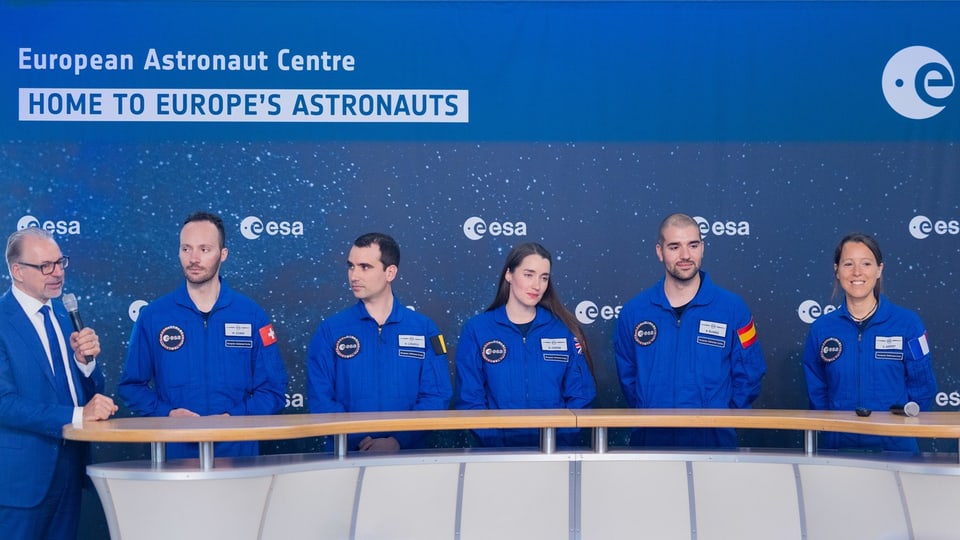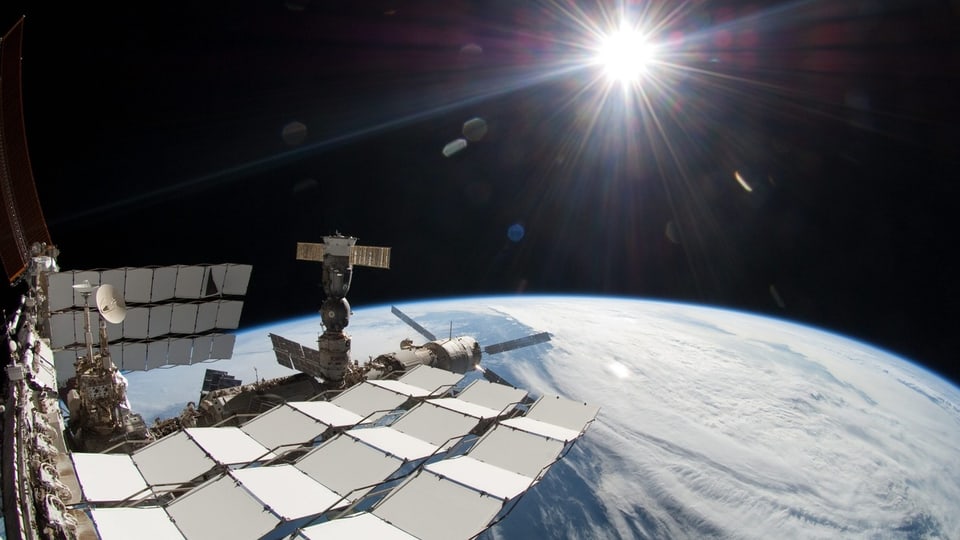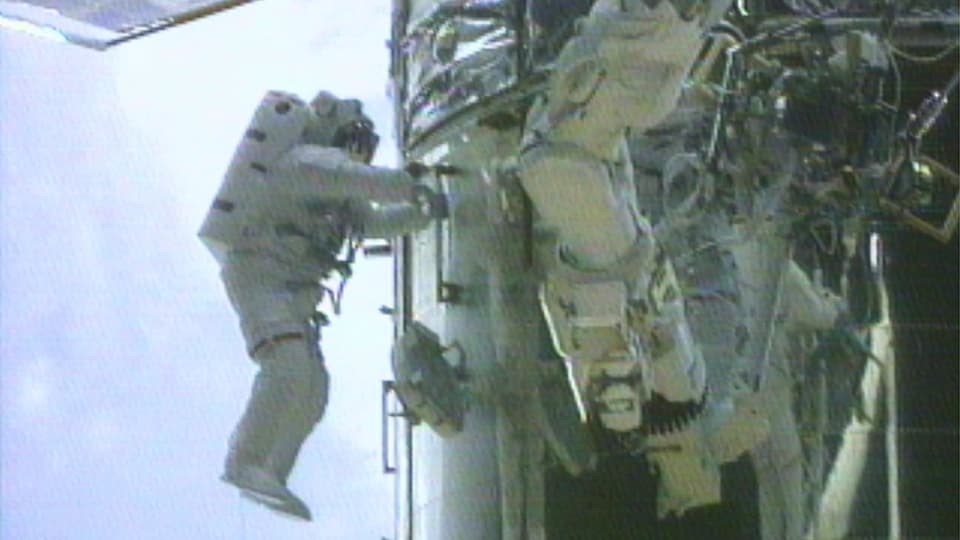Contents
Astronaut suit instead of a doctor’s coat: Marco Sieber from Bern is in the middle of training to become an astronaut. He particularly needs these skills.
His dream destination is the moon: Marco Sieber (34) from Biel has been completing astronaut training at the European Space Agency (ESA) since April 2023. His first flight to the International Space Station (ISS) is not planned until 2026 at the earliest – then he would be the second Swiss man in space after Claude Nicollier.
Legend:
Marco Sieber from Biel is scheduled to fly to the international space station ISS in just a few years.
Keystone/NASA
Before that happens, the trained emergency doctor still has to complete countless training courses. In an interview with SRF, Marco Sieber tells us how his astronaut training is going and what skills are particularly needed for a space mission.
Versatility: Marco Sieber is a jack of all trades: he is not only a parachutist for the Swiss Army, a ski tourer, a kite surfer and a paraglider. He also has a private pilot license. «Flying gives me a feeling of freedom. And yet you still have responsibility. That motivates me,” says Sieber. During ESA training, he also completes diving courses to simulate moving outside the space station.
Fitness: Since April 2023, Marco Sieber has been cramming theory for basic training such as biology and astrophysics. Survival training is also on the program. In the “Seasurvival” course, Sieber practices finding his way around a lifeboat. “It’s almost more fun for me than sitting in the classroom,” says Sieber. The sporting tests in particular demand everything from the 34-year-old from Biel. You push yourself to your limits during training. “But in space you lose a lot of muscle mass, so you have to be fit.”

Legend:
Marco Sieber (2nd from left) was selected for the ESA program together with four other candidates from 22,500 applications.
Keystone/ROLF VENNENBERND
Training: The Bernese studied medicine at the University of Bern and received his doctorate in robot-assisted surgery. Training that has nothing to do with flying or astronautics. “There is no direct path to becoming an astronaut anyway,” he says. His ESA colleagues come from a wide variety of fields such as physics, aviation and engineering. “As a doctor, I was always under a lot of pressure and had to make important decisions every day. Even if you didn’t always have all the information. This helps me now in astronaut training to keep a cool head in stressful moments.”

Legend:
Marco Sieber will soon be able to work here: View from the ISS into space.
Keystone
Languages: Marco Sieber already speaks English and French fluently. Ukraine war or not: at the end of their basic training, astronauts must be able to speak Russian at level B1. 500 hours of language lessons are planned for this. The aim is for Marco Sieber to be able to communicate with his Russian colleagues on the ISS.
Fascination: Marco Sieber has been infected with the flying bug since his childhood; even as a boy he accompanied his father in the glider. Even back then, he observed the sky and was enthusiastic about rockets and planets: How do you dock a space capsule with the ISS? “Now I’m learning how it works. The fascination has remained the same. And of course the knowledge is much greater.”

Legend:
The Swiss astronaut Claude Nicollier was the only Swiss person to fly into space. His last flight on the Space Shuttle was in 1999.
Keystone
Ambition: Sieber’s dream destination is not Mars, but the moon. “No European has ever been able to take a step onto another celestial body. That would be very special,” he told the Keystone-SDA news agency. However, he cannot imagine a mission to Mars at the moment. “I wouldn’t do a one-way mission.”
